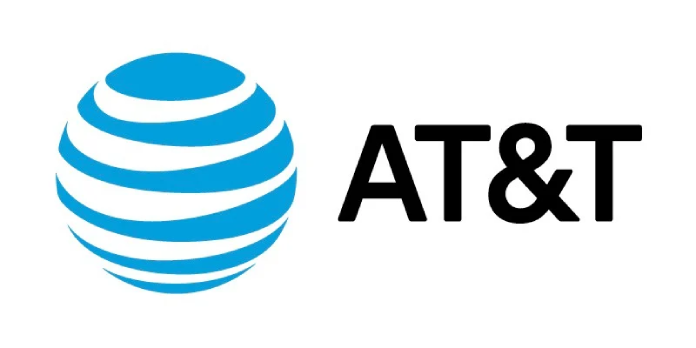AT&T plans to expand its 5G mmWave technology into additional U.S. airports by 2021. As a result, customers will have access to “AT&T5G+” with lower latency and faster speeds.
AT&T announced in a press release that it would expand its 5G mmWave technology to 7 additional major US airports by 2021. This is a more complex technology than the sub-6GHz 5G. In addition, AT&T will provide its 5G+ technology at certain areas of high-traffic airports, such as the gates and concessions.
We believe that our customers should be immersed in content and connectivity, no matter where they are. This is why we have built our 5G network. As our customers begin to fly and travel more, so is their demand for 5G connectivity. So we are providing super-fast 5G+ connectivity in the main gate and concession area of Tampa International Airport. And we plan to connect seven more major airports before the end.
AT&T claims to offer its 5G mmWave technology in more than 40 cities across the U.S. by 2021.
Our teams have begun to deploy AT&T 5G+ faster in more cities, airports, and stadiums across the country as part of our March commitment. AT&T 5G+, mmWave 5, G, is offering customers faster speeds and better connectivity in 38 cities and 20 venues throughout the U.S. We expect to offer 5G+ service to more than 40 cities by 2021. But, again, this is something T-Mobile cannot offer.
There are two types of 5G networks: one that uses the sub-6Ghz frequency and mmWave. mmWave is more expensive and requires more infrastructure, but it offers much faster speeds than sub-6GHz. Although 5G was introduced in the iPhone last January, governments, and carriers have increased the growth of 5G technology, but mmWave is still not mainstream.
Apple will release the iPhone 13 in the fall with 5G mmWave compatibility. This will encourage carriers to support the technology and make it available to more countries. To learn more, check out our guide on sub-6GHz vs mmWave.



